How to Manage AWS Like a Pro: Ansible + 10 Must-Know Commands
Ever felt overwhelmed managing dozens - or even hundreds - of cloud resources manually? Updating servers one by one? Yeah, not fun. That's where Configuration Management Tools like Ansible come in. They help you automate, standardize, and speed up your infrastructure management - and trust me, once you start using them, there's no going back. In this guide, we'll explore what Ansible is, and walk through 10 popular Ansible commands that make AWS cloud management a breeze. What is a Configuration Management Tool (and why should you care)? Configuration Management Tools help you automate the setup, updating, and maintenance of your systems. Think of them like a remote control for your servers — you just press a button (run a command), and all your servers listen. Among these tools, Ansible is loved because: It's agentless (no need to install anything on target machines), It's based on simple YAML playbooks, It works brilliantly with cloud platforms like AWS, Azure, GCP, and more.
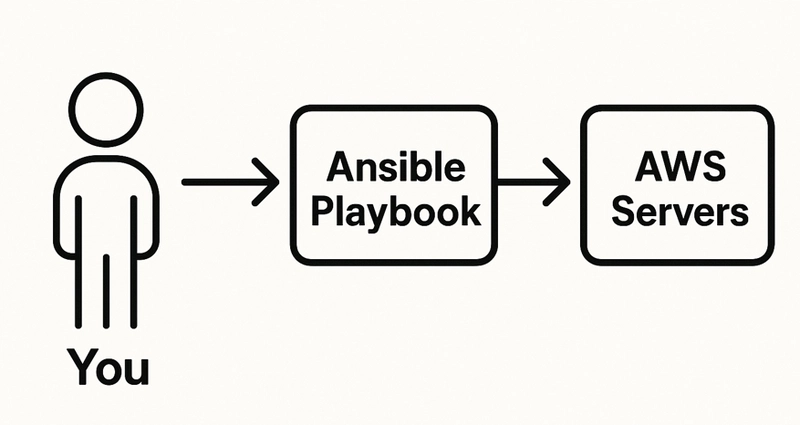
Ever felt overwhelmed managing dozens - or even hundreds - of cloud resources manually? Updating servers one by one?
Yeah, not fun.
That's where Configuration Management Tools like Ansible come in. They help you automate, standardize, and speed up your infrastructure management - and trust me, once you start using them, there's no going back.
In this guide, we'll explore what Ansible is, and walk through 10 popular Ansible commands that make AWS cloud management a breeze.
What is a Configuration Management Tool (and why should you care)?
Configuration Management Tools help you automate the setup, updating, and maintenance of your systems.
Think of them like a remote control for your servers — you just press a button (run a command), and all your servers listen.
Among these tools, Ansible is loved because:
- It's agentless (no need to install anything on target machines),
- It's based on simple YAML playbooks,
- It works brilliantly with cloud platforms like AWS, Azure, GCP, and more.








































































![Apple Drops New Immersive Adventure Episode for Vision Pro: 'Hill Climb' [Video]](https://www.iclarified.com/images/news/97133/97133/97133-640.jpg)

![Most iPhones Sold in the U.S. Will Be Made in India by 2026 [Report]](https://www.iclarified.com/images/news/97130/97130/97130-640.jpg)










![This new Google TV streaming dongle looks just like a Chromecast [Gallery]](https://i0.wp.com/9to5google.com/wp-content/uploads/sites/4/2025/04/thomson-cast-150-google-tv-1.jpg?resize=1200%2C628&quality=82&strip=all&ssl=1)


![Hostinger Horizons lets you effortlessly turn ideas into web apps without coding [10% off]](https://i0.wp.com/9to5mac.com/wp-content/uploads/sites/6/2025/04/IMG_1551.png?resize=1200%2C628&quality=82&strip=all&ssl=1)




























































































_Olekcii_Mach_Alamy.jpg?width=1280&auto=webp&quality=80&disable=upscale#)

























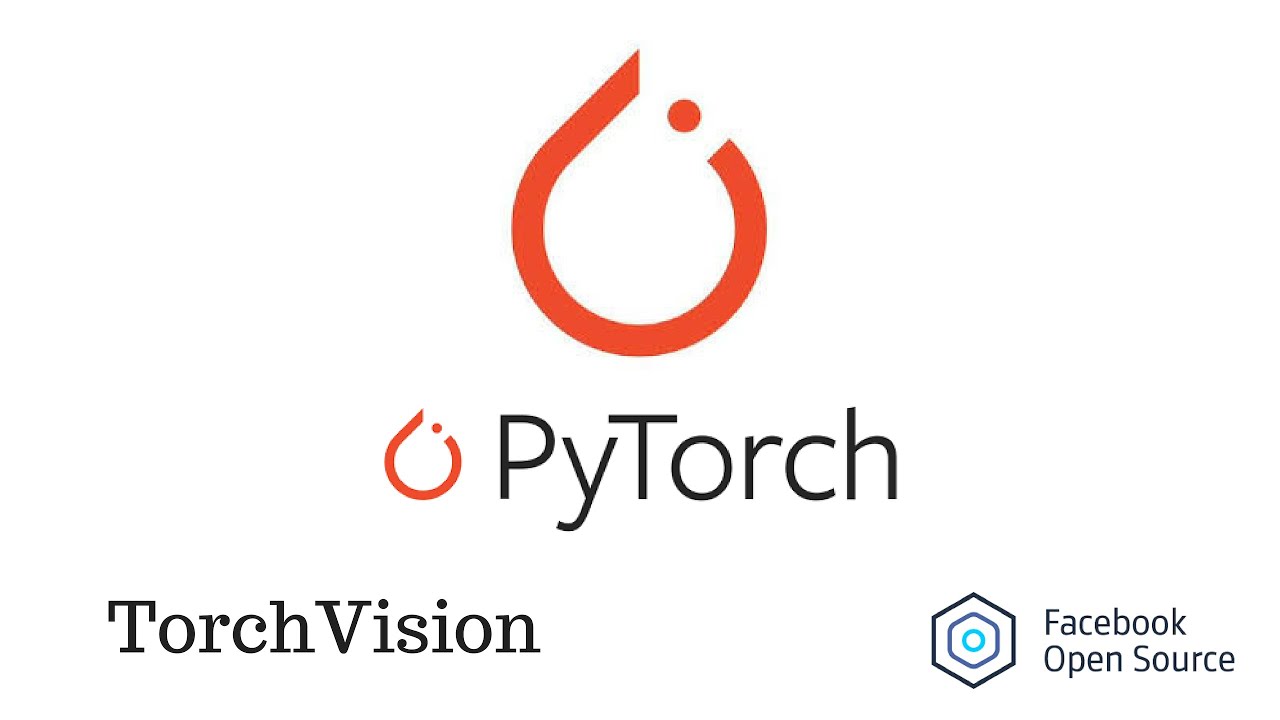

























































































![[The AI Show Episode 144]: ChatGPT’s New Memory, Shopify CEO’s Leaked “AI First” Memo, Google Cloud Next Releases, o3 and o4-mini Coming Soon & Llama 4’s Rocky Launch](https://www.marketingaiinstitute.com/hubfs/ep%20144%20cover.png)











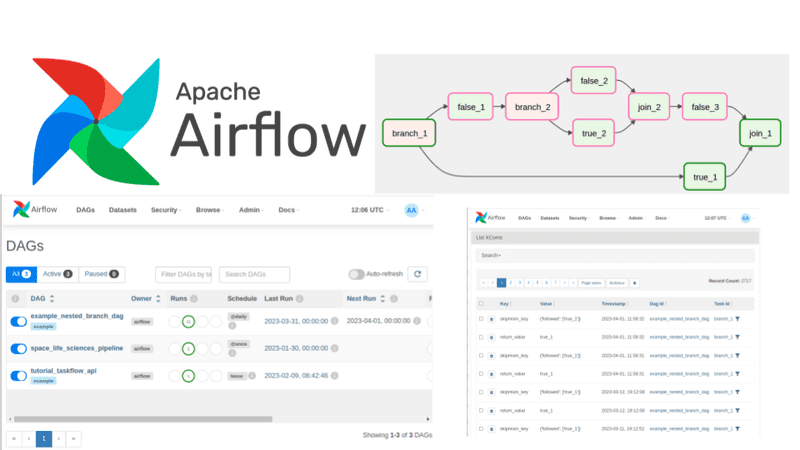



































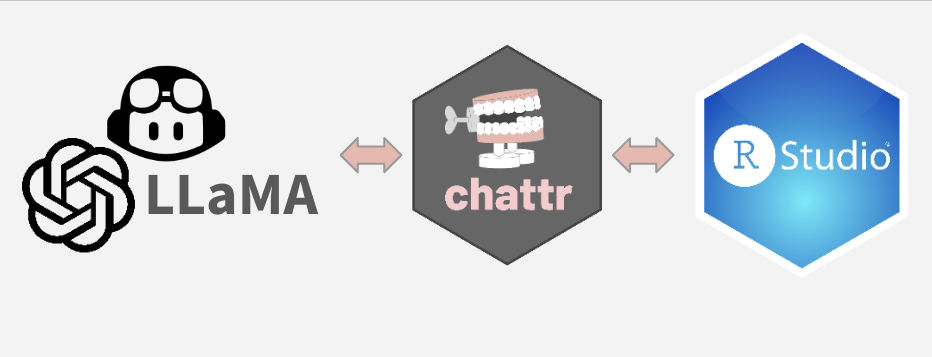







































































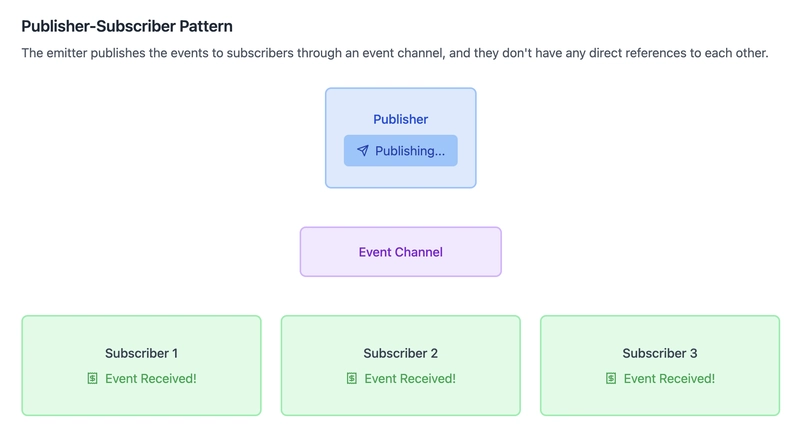















































![[FREE EBOOKS] AI and Business Rule Engines for Excel Power Users, Machine Learning Hero & Four More Best Selling Titles](https://www.javacodegeeks.com/wp-content/uploads/2012/12/jcg-logo.jpg)
























































































.jpg?width=1920&height=1920&fit=bounds&quality=70&format=jpg&auto=webp#)





